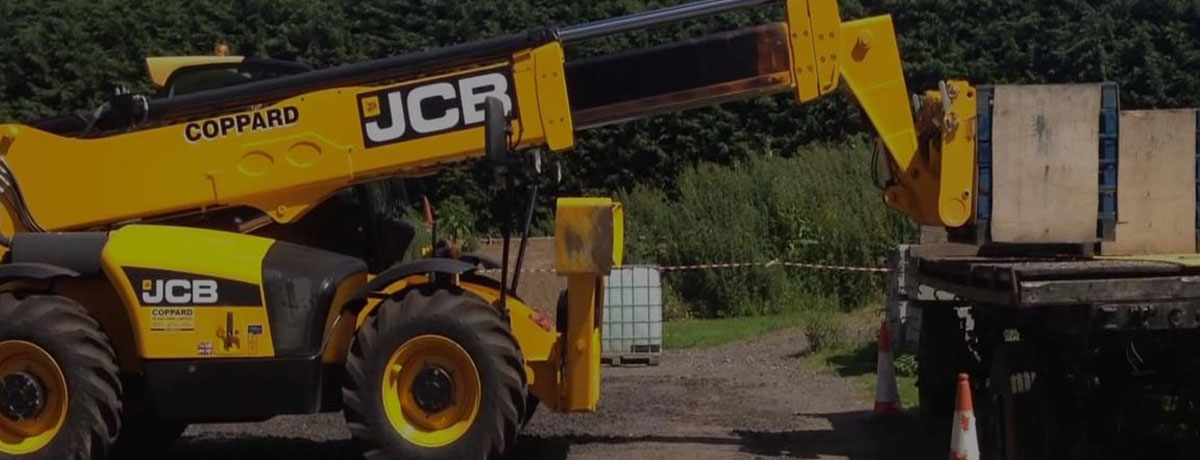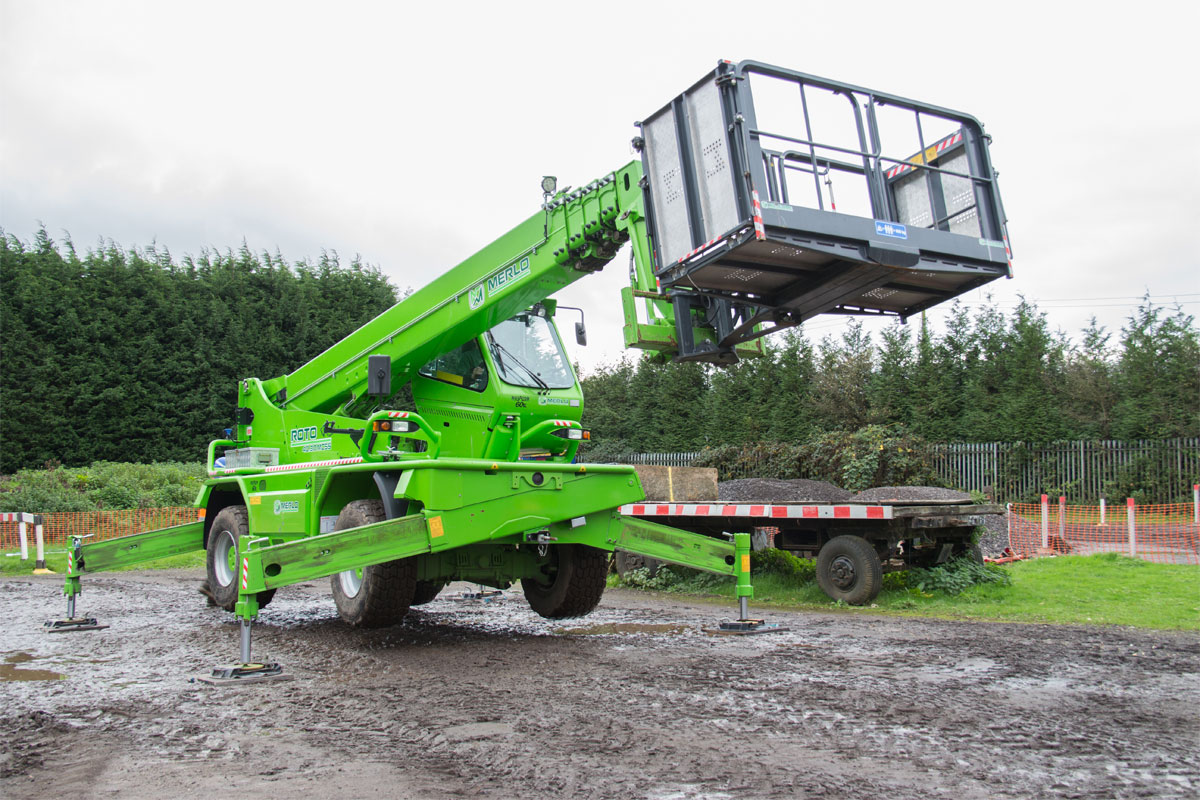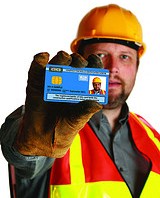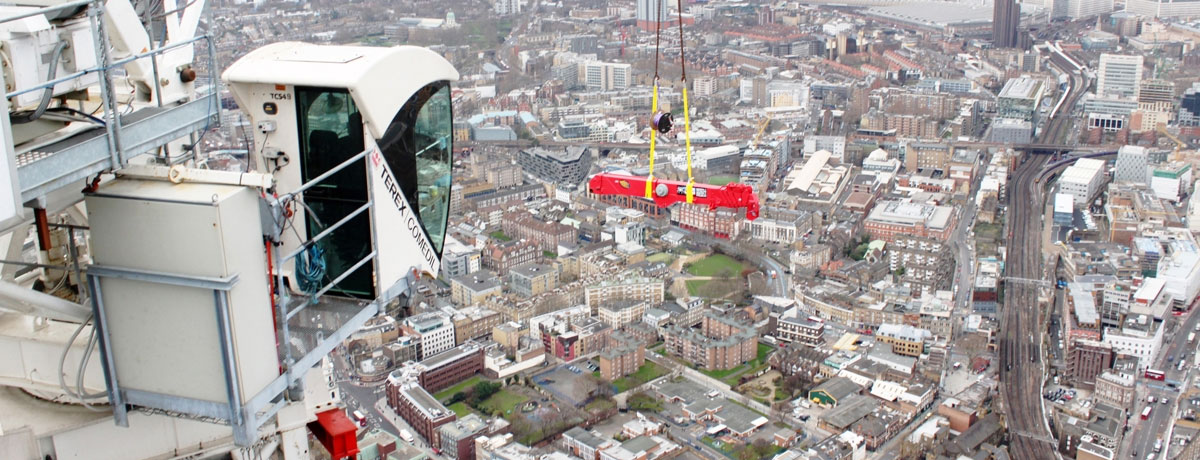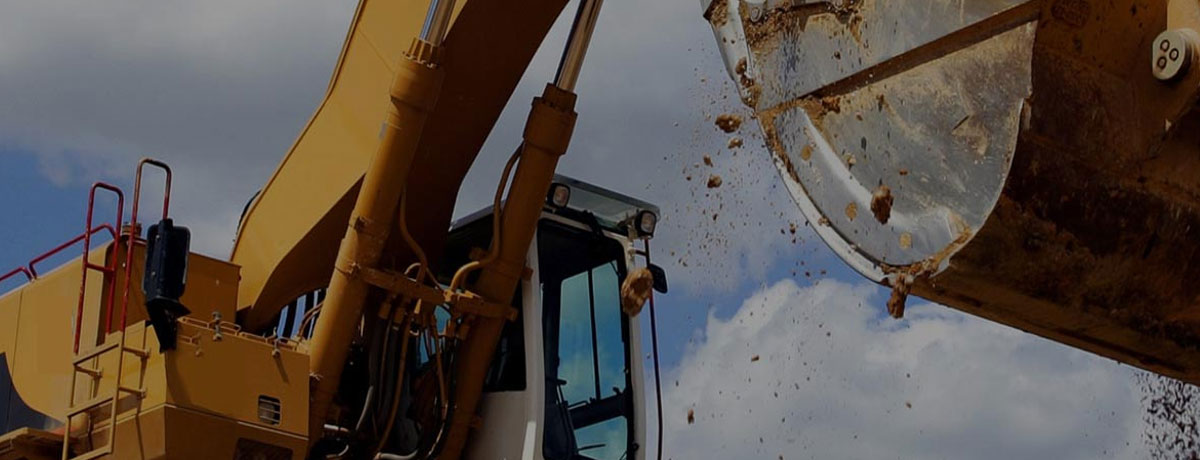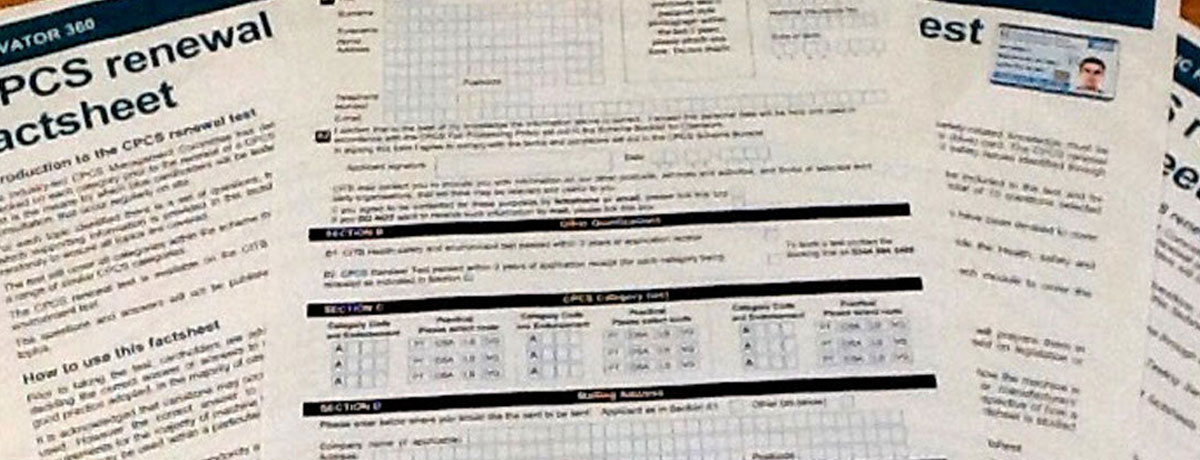| Describe the nature of the sector of industry and their role and responsibilities as a plant operator |
• Industry type
• Customer / client needs
• Sector contribution
• Role
• Reporting structures
• Lifelong skills
• Working practices |
• Communication with colleagues / management / other trades
• Health and Safety at Work Act
• Environmental issues
• Other trades
• Social responsibilities |
| Name and explain the purpose of principal components, the basic construction, controls and terminology |
• Differing types
• Functions and applications
• Power units
• Hydraulic systems
• ROPS / FOPS
• Chassis / steering / tyres Inc. pressures / ply rating and importance of replacement with same |
• Stability
• Booms
• Forks
• Safety / stability systems
• Counterbalancing
• Attachments and accessories
• Hoist ropes / hook blocks
• Access systems
• Safe load indicator equipment
• Remote control units |
| Conform with manufacturer’s requirements as per the operator’s handbook, other types of information sources and relevant regulations and legislation |
• Operator’s Manual
• Machine decals
• Health and Safety at Work Act
• PUWER/LOLER
• PPE
• Rating plates
• Codes of Practice
• Site plans / drawings
• Duty charts/Load charts
• Familiarisation |
• Method statements
• Lift plans
• Lifting requirements and limitations
• Risk assessments / COSHH
• Inspection and reporting requirements, daily weekly thorough examination, both for equipment and accessories |
| Undertake and record all pre-use checks |
• Regular and non-scheduled maintenance procedures
• Checklists |
• Sequence of pre-use checks
• Defect reporting
• Company polic |
| Explain the need and function of appropriate documentation |
• Certification (CE for machine & attachments)
• Thorough examination (machine and accessories) |
• Relevant site-related documentation
• Pre-use checks/inspections
• Operator’s handbook |
| Configure and ready for travel (site and highway) |
• Driving controls
• Attachments
• Driving position
• Type and security of attachments |
• Visibility
• Road Traffic Act (attachments etc.)
• Site (towing) |
| Travel over level surfaces and on rough, undulating ground and inclines, with and without loads |
• Driving controls
• Ground conditions
• Traction / aids
• Inclines and techniques
• Hazards
• Travel speeds
• Load swing and impact on equipment |
• Working area / routes
• Site and road travel
• Environment protection / minimise damage
• Load protection
• Stability/centres of gravity
• Locking axles |
| Manoeuvre in areas with limited space, with and without loads |
• Visibility
• Limitations of vision
• Steering options
• Proximity hazards |
• Protection of ground / tight turns
• Environmental / noise / fumes
• Travel speeds |
| Arrange and follow given signals and instructions when travelling and manoeuvring with and without loads |
• Code of signals (hand)
• Signaller location
• Visibility
• Signalling methods
• Types of hand signals
• Hand signal compatibility
• Verbal instructions |
• Codes of practice
• Communication types and limitations
• Radio set-up
• Radio protocols
• Visibility
• Multiple signalling |
| Configure and set for all lifting, loading and transferring duties |
• Best method for safe load movement
• Lift plan
• RAMS
• Positioning / planning
• Required configuration
• Lifting controls
• Machine capacity
• De-rating
• Load Moment Indicators
• Load charts
• Attachments |
• Load centres / C of G
• Environmental conditions
• Levelling
• Site markings
• Fork spacing
• Hazards
• Load weights
• Deploy stabilisers
• Rated capacity indicators
• Levelling devices (axles)
• Ground conditions |
| Attach and remove various attachments |
• Attachment types and function
• Preparation procedures
• Attaching and removal procedures
• Storage requirements
• Machine configuration and positioning |
• Manual handling
• Using assistance
• Securing requirements and essential pre-use checks
• Post-fitting checks
• Load charts |
| Attach and remove hoist-rope attachments for the movement of suspended loads |
• Attachment types and function
• Preparation procedures
• Attaching and removal procedures
• Storage requirements
• Machine configuration and positioning |
• Manual handling
• Using assistance
• Securing requirements and essential pre-use checks
• Post-fitting checks
• Load charts |
| Explain actions required for proximity hazards Inc. underground and overhead services |
• Types of typical services
• Warning / identification systems |
• Reporting procedures for damage to services
• Minimum distances and clearance |
| Explain the basic principles of the slinging of loads, types of lifting accessories that can be used and the correct and incorrect methods for attaching suspended loads to the machine |
• Signalling procedures
• Techniques
• Types of loads
• Machine stability
• Effects of incorrect methods of attachments
• Function
• Application
• De-rating |
• Load stability / security
• Environmental conditions
• Load characteristics (loose/bundled/fluid etc.)
• Accessory compatibility
• Slinging angles
• Load weight
• SWL/WLL
• Limitation of slinging duties |
| Explain the requirements for ensuring adequate ground support and stability |
• Tyre pressures
• Ground conditions/assessments
• Lift plans
• Point loadings
• Machine bearing pressures/point loadings
• Ground bearing capacity
• Factors of safety
• Environmental effects Inc. severe weather
• Sole plate material/ composition |
• Spreading of load/sole plates
• Ground improvement
• stabiliser extension/short rigging
• Application of full or some stabiliser use
• Underground services
• Ground structure and composition
• Terrain/topography
• Previous use of ground
• Temporary works |
| Explain the causes of instability during blocked, free-on-wheel and pick-and carry duties |
• Effects of swinging loads
• Dynamic forces
• De-rating of slung loads
• Load size
• Ground conditions |
• Factor of safety
• Travel configuration
• Proximity hazards
• Regulations/guidance
• Environmental conditions |
| Lift and place various suspended and fork-mounted loads from a variety of locations including a vehicle |
• Best method for safe load movement
• Lift plans
• Required authority
• Guidance and regulations
• Load charts
• Environmental conditions
• Machine suitability
• Preparation
• Loading towers / platforms / racking / stacking
• Undercutting |
• Load types
• Attachments/accessories Inc. limitations and design use
• Working area
• Identification of proximity hazards
• RCI/LMI settings
• Types of trailer / transporter
• Transporter capacities
• Procedures / weight distribution
• Materials / vehicle protection |
| Lift and place suspended and fork-mounted loads under blocked, free-on-wheels and pick-and-carry duties |
• Load charts
• Stability
• Trial lifts
• Ground conditions
• Lifting controls
• RCI/LMI information
• Jib extensions |
• Visibility
• Environmental conditions
• Load stability/security
• De-rating requirements
• Following instructions
• Travel routes |
| Lift, transfer and place fixed- hook suspended loads up to maximum extension, at full of working height and using the full slewing capability of the machine |
• Configuration
• Ground conditions / hazards
• Visibility
• Load security / travel position
• Signalling / following instructions |
• Stability
• Loading towers / platforms / racking / stacking
• Protection of structures / loads
• Overhead obstructions
• Lift plans |
| Lift, transfer and place hoist- rope suspended loads up to maximum extension, at full working height and using the full slewing capability of the machine (Blocked duties) |
• Configuration
• Ground conditions / hazards
• Visibility
• Load security / travel position
• Signalling / following instructions
• Stabilisers |
• Stability
• Loading towers / platforms / racking / stacking
• Protection of structures / loads
• Overhead obstructions
• Lift plans |
| Lift, transfer and place fork- mounted loads up to maximum extension, at full working height and using the full slewing capability of the machine (Free-on-wheels) |
• Configuration
• Ground conditions / hazards
• Visibility
• Load security / travel position
• Signalling / following instructions
• Lift plans |
• Stability
• Loading towers / platforms / racking / stacking
• Protection of structures / loads
• Overhead obstructions |
| Minimise the swinging of suspended loads during travel |
• Travel routes
• Accessory types
• Poor/uneven ground
• Slopes/inclines
• Effects of swinging loads
• Hand & tag lines |
• Travel speeds
• Stability
• Observation/anticipation
• Load characteristics |
| Explain how stability is affected by travelling with a raised / extended boom and/or rotated upper structure with suspended loads and fork-mounted loads (both regular and irregular) |
• Centres of gravity
• Swinging of loads
• Environmental factors/extreme weather
• Dynamic forces |
• Ground conditions
• Slopes/inclines
• Travel speeds
• Travel routes |
| Explain visibility issues and restrictions with suspended and fork-mounted loads |
• Load size
• Load swing
• Carrying height of load
• Maintaining vision with slinger/signallers |
• Direction of travel
• Assistance for travelling
• Typical proximity hazards
• Ground conditions |
| Place suspended loads out of sight of the operator |
• Communication/signalling
• Signaller positioning |
• Stability
• Proximity hazards |
| Maintain safe working situations |
• Stability
• Load security |
• Hazards |
| Maintain safe and tidy working areas |
• Specification
• Stacking |
• Load positioning / storage
• Proximity hazards |
| Carry out shut down and securing procedures |
• Shut down procedures
• Security
• Configuration |
• Parking and positioning
• Isolation of remote units
• Reporting of defects |
| Explain the loading and unloading procedures for machine transporting |
• Compatibility
• Positioning
• Ground conditions
• Access / egress / working at height |
• Types of transporter
• Security
• Configuration
• Loading responsibility |






